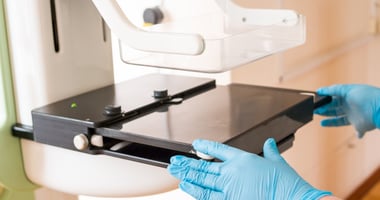Women with schizophrenia may be at a 30% higher risk of breast cancer than women without...
Cancer Patients at Increased Risk for Suicide Within a Year After Diagnosis
 |
“After the diagnosis, it is important that health care providers be vigilant in screening for suicide and ensuring that patients have access to social and emotional support,” wrote Anas M. Saad, M.D., of Ain Shams University, Cairo, and colleagues.
Using data from the Surveillance, Epidemiology, and End Results (SEER) Program, the researchers calculated observed/expected (O/E) risk ratios for more than 4 million patients diagnosed with cancer between 2004 and 2014 in the United States. The O/E risk ratio represents the observed number of patients who died from suicide in the first year after diagnosis compared with a demographically similar population within the same period. Mortality data for the general population were collected by the National Center for Health Statistics.
A total of 1,005,825 cancer patients died within the first year after their diagnosis. Suicide was the cause of death for 1,585 of these patients (0.16%). The O/E risk ratio for cancer patients was 2.52, representing a more than two-and-a-half times greater risk of suicide than in the general population.
The patients with the highest increases in suicide rates were those who had been diagnosed with pancreatic cancer or lung cancer: their O/E ratios were 8.01 and 6.05, respectively.
“Social support for patients with cancer plays an integral role in suicide prevention,” Saad and colleagues wrote. “The most effective forms of support seem to be peer support, partner support, and one-to-one professional support. Discussing the quality of life after the diagnosis, the effectiveness of therapy, and the prognosis of the disease and maintaining a trusting relationship with health care professionals all decrease the likelihood of suicide immediately after a diagnosis of cancer.”
For related information, see the Psychiatric News article “Researcher Looks at Improving Well-Being of Families Affected by Cancer.”
(Image: Pattanaphong Khuankaew/istock.com)






